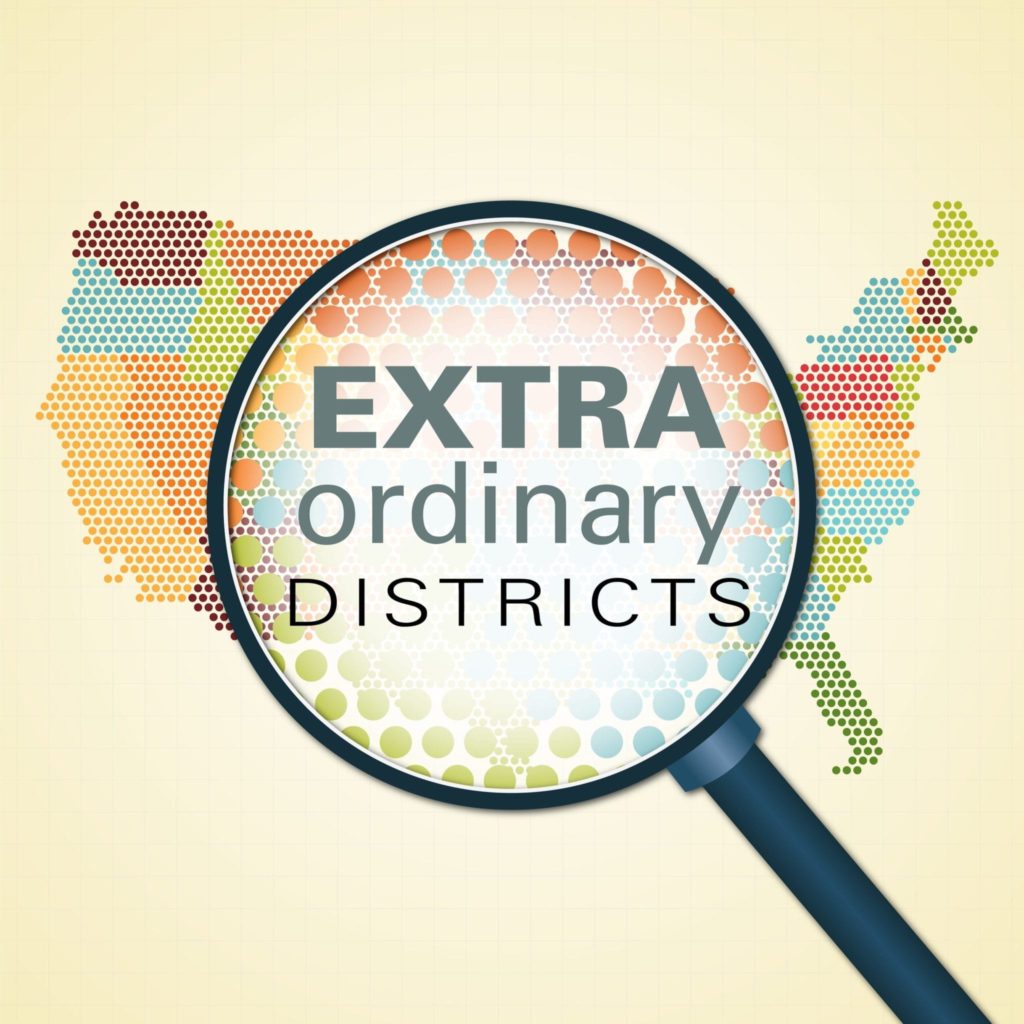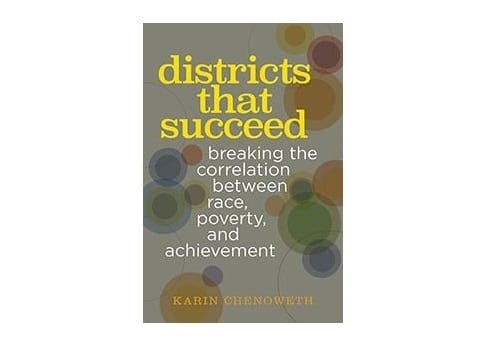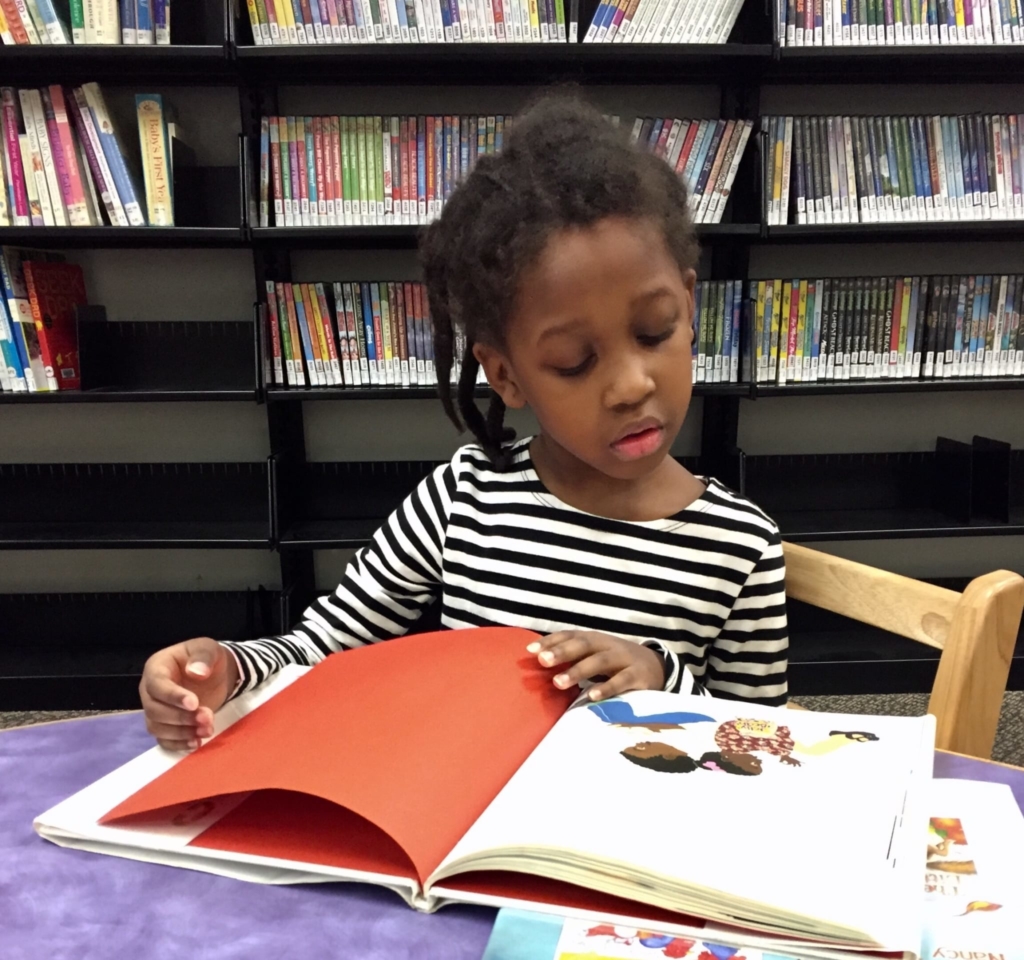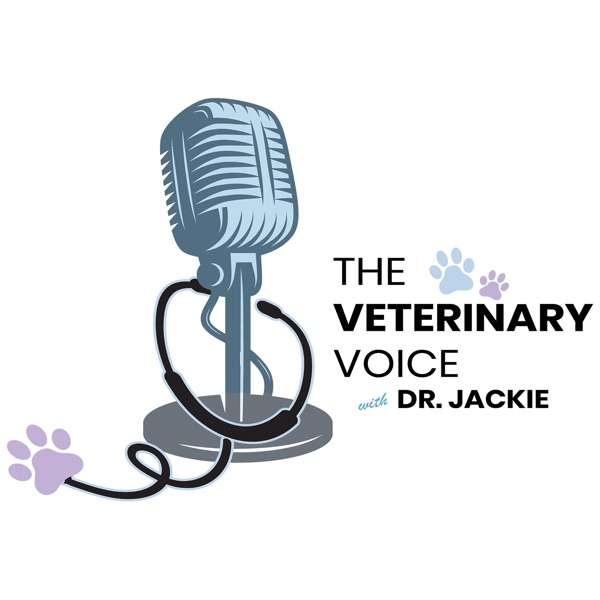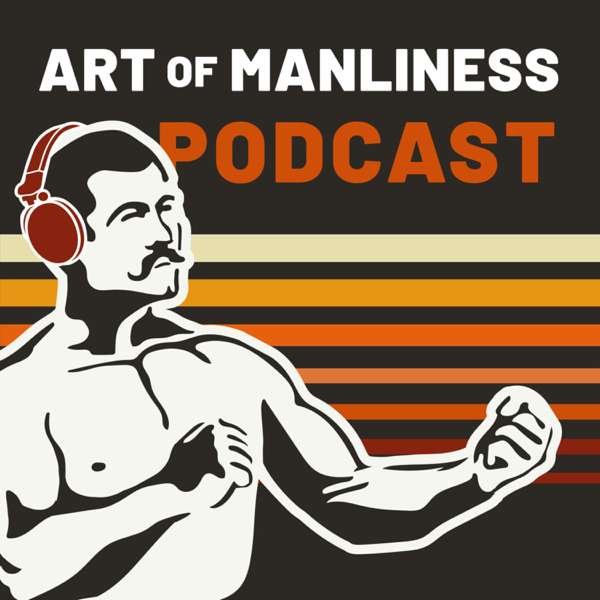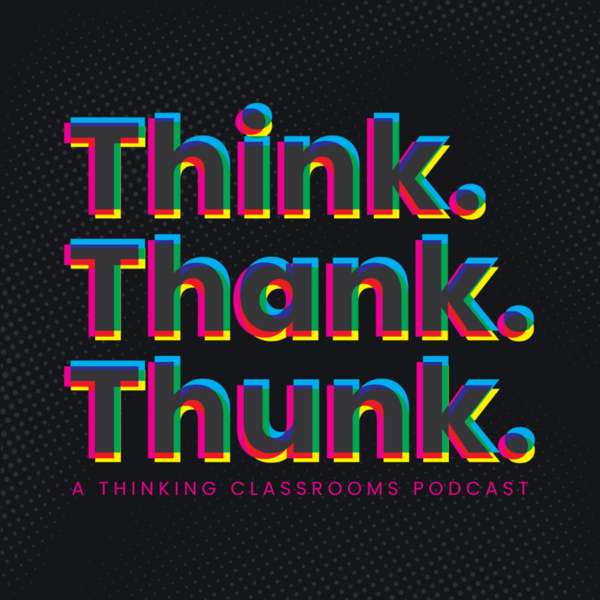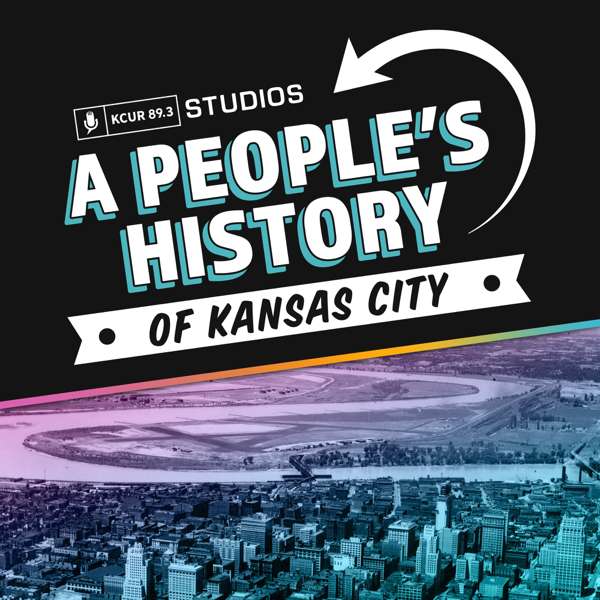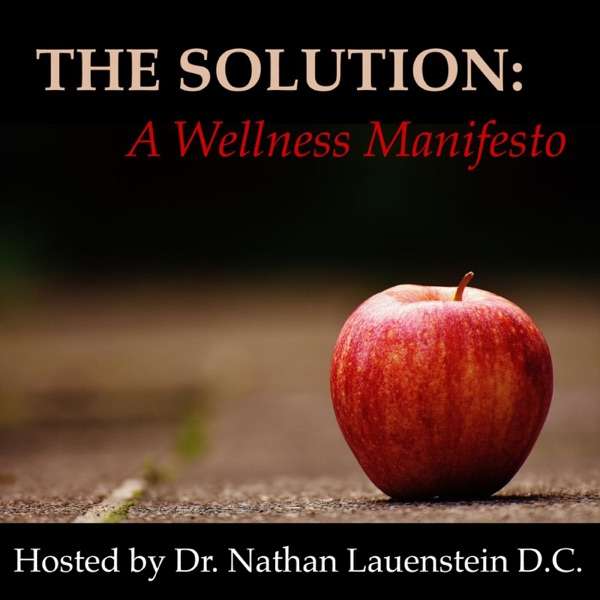
The last results of the National Assessment of Educational Progress showed no progress and some indicators even declined, meaning few children are reading at an advanced or proficient level.
Partly because of those disappointing results and partly because of a series of podcasts by American Public Media’s Emily Hanford, a growing number of educators, parents, advocates, and policymakers have become interested in incorporating the “science of reading” into reading instruction in hopes of improving the reading ability of American children.
And the science of reading forms a large part of the call of the Council of Chief State School Officers (CCSSO) to state superintendents and commissioners to focus on reading instruction. The CCSSO especially asked state superintendents and commissioners to ensure that teachers understand how to incorporate the findings of the National Reading Panel Report, published in 2000. That report said that research supported teaching five elements of reading: phonemic awareness, phonics, fluency, vocabulary, and comprehension strategies.
But this is a complicated topic. The science of how people read, which is the province of cognitive science and neuroscience, doesn’t always translate seamlessly with the science of reading instruction.
In this conversation, Karin Chenoweth and Tanji Reed Marshall talk with nationally known reading researcher Timothy Shanahan, who helped lead the National Reading Panel, and neuroscientist Donald Joseph Bolger about the tension. “Translating the research findings into practice,” Bolger said, is “difficult for people who want to know what to do and how to do it—who want a silver bullet.” That, he said, “is not the world that scientists live in.” Instead his goal at the University of Maryland School of Education, he said, is to “make teachers aware of all the components of reading” because they will need to be able to diagnose whatever struggles students have with learning to read.
Shanahan said the fact that almost all methods of teaching reading will result in some students learning to read has confused the question of what the best method of teaching reading is. Everything “works” to some degree, he said. “What we mean when we say ‘it works,’” he said, is that “when kids get explicit teaching on that particular thing, on average they do better.”
In other words, reading research works for improvements on the margin. “About 35 percent of our children are proficient in reading,” Shanahan said. “It doesn’t have to be that way, but it does mean we have to make an effort to get those marginal gains, because that’s what we mean by ‘it works.’”
But, he cautioned that there is more to reading instruction than just the science. For example, schools are often organized so that the students who need the most thoughtful instruction are provided the newest, least prepared teachers who, once they gain experience and expertise, often leave those classrooms.
“The kids are fine,” he said. “The problem…is that they are not in supportive environments.”
Shanahan says he hopes the CCSSO report will help educators figure out ways to accelerate learning following what is sure to be some drops in reading proficiency during the school building closures during the coronavirus pandemic.
This is the second time Shanahan has been part of the ExtraOrdinary Districts podcast. The first time was when he was on a panel discussing the reading instruction in Cottonwood and Lane Oklahoma, which was part two of Season 2, a season in which we focused closely on the kind of reading instruction three successful and improving districts provided.

 Our TOPPODCAST Picks
Our TOPPODCAST Picks  Stay Connected
Stay Connected


